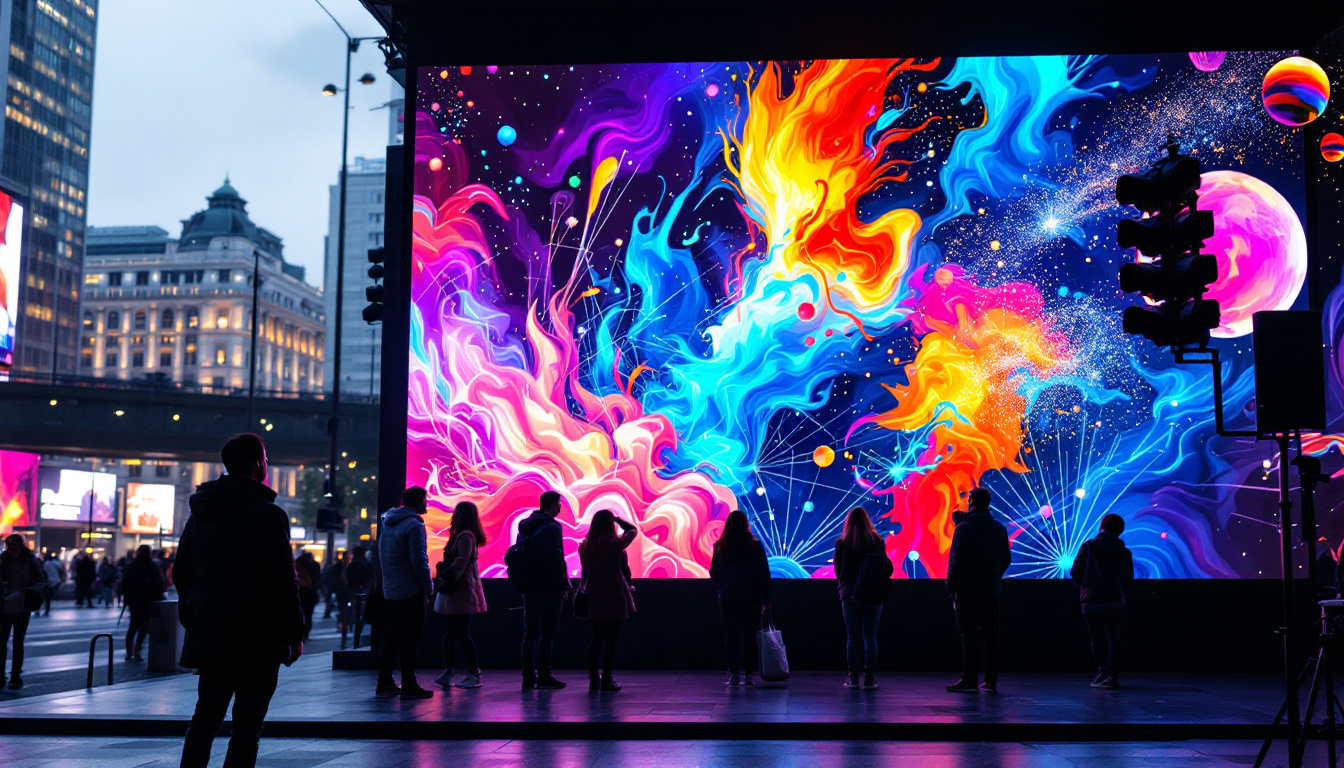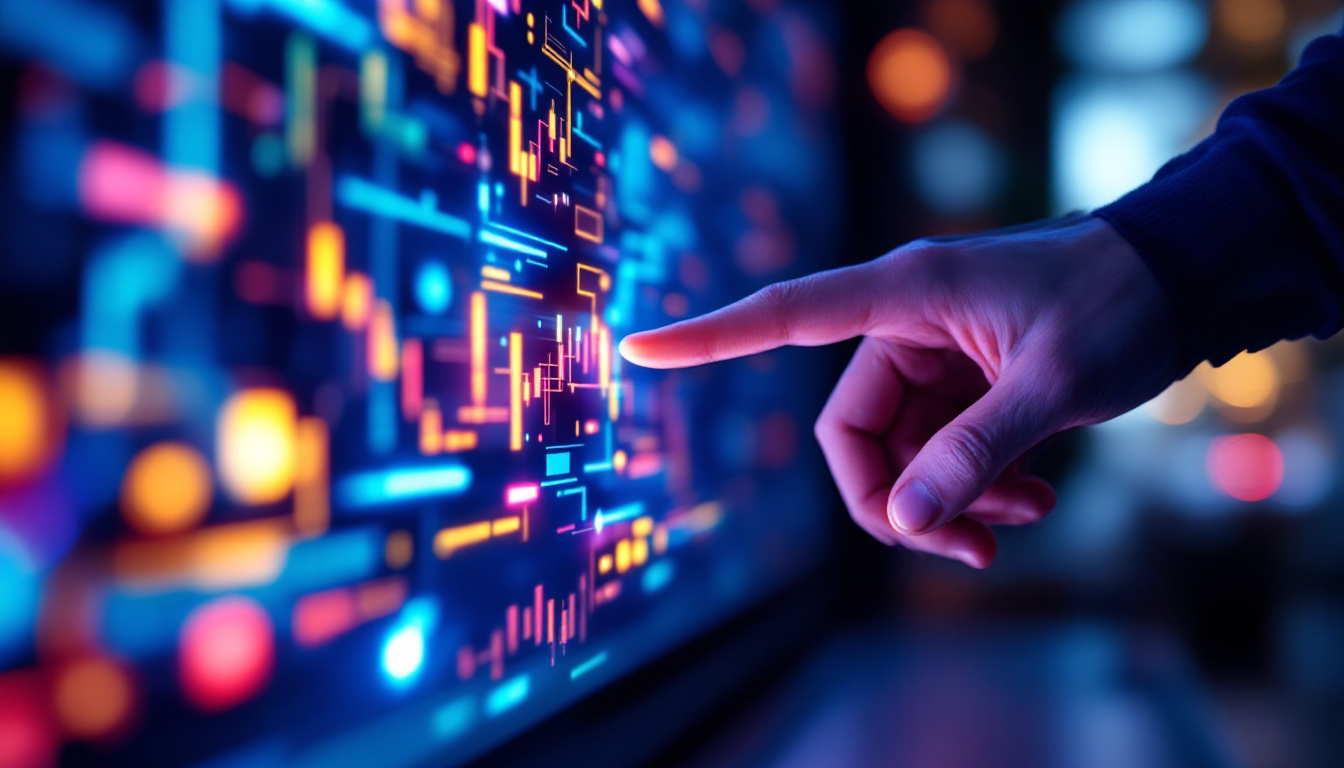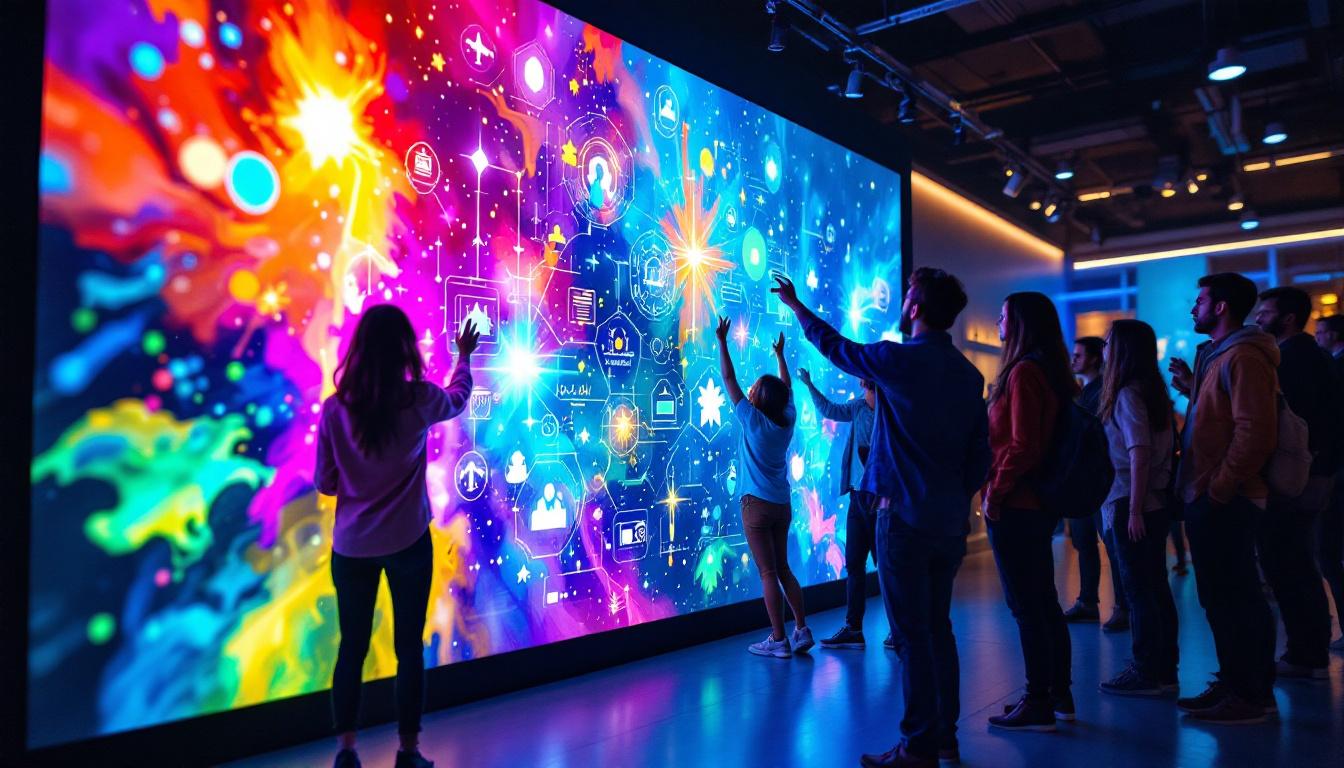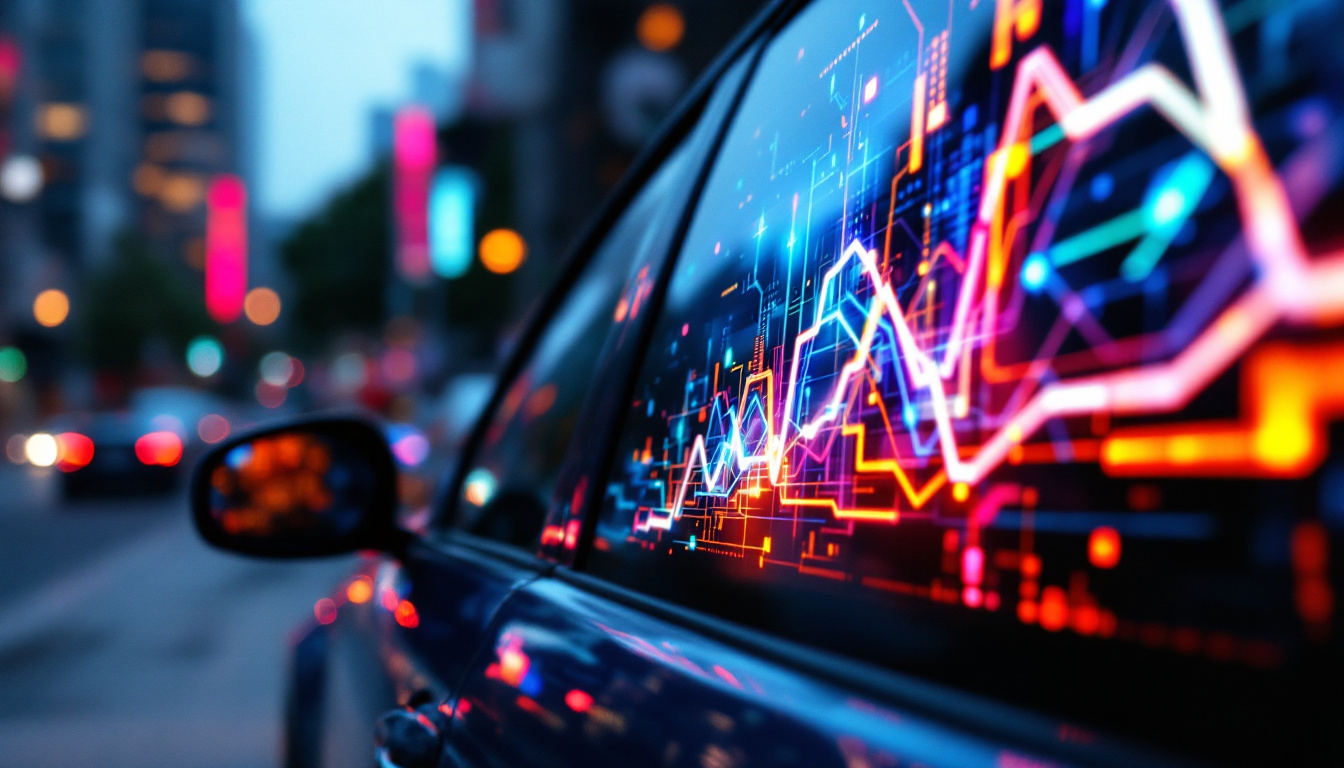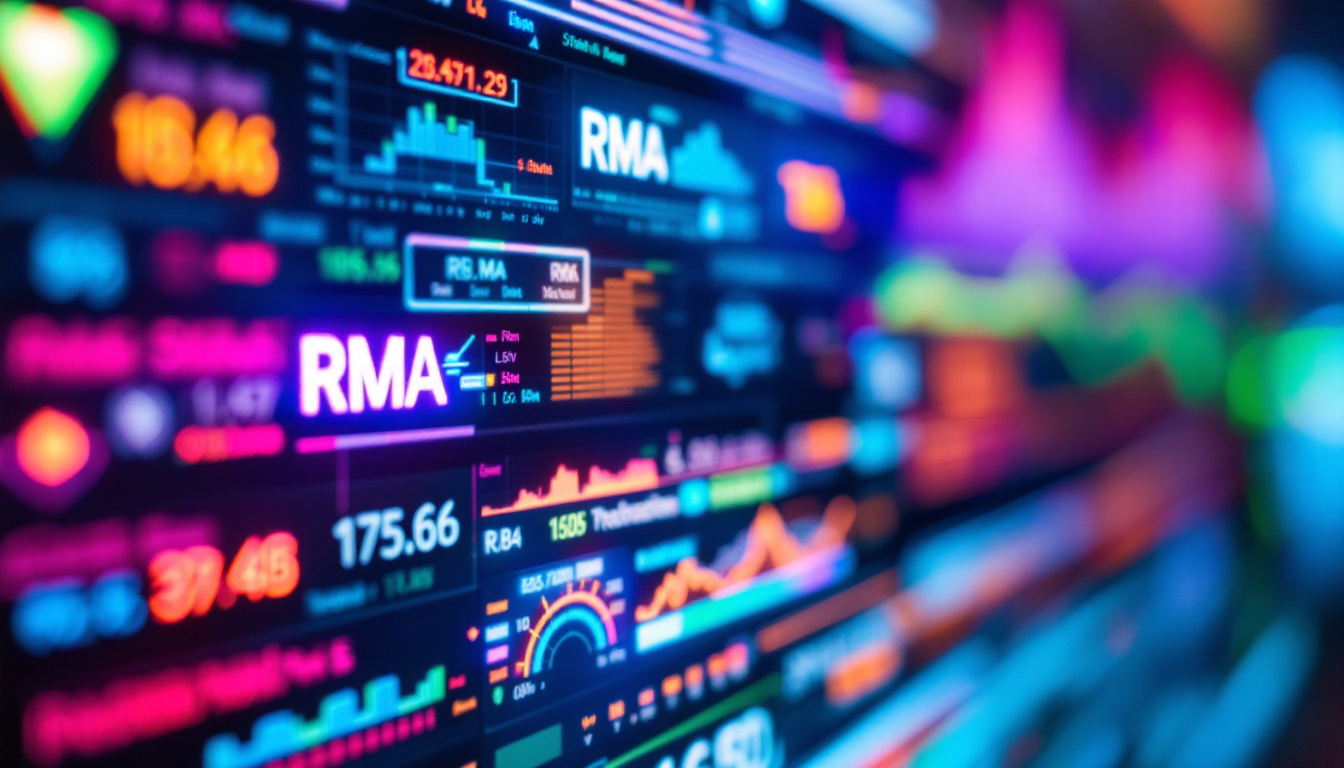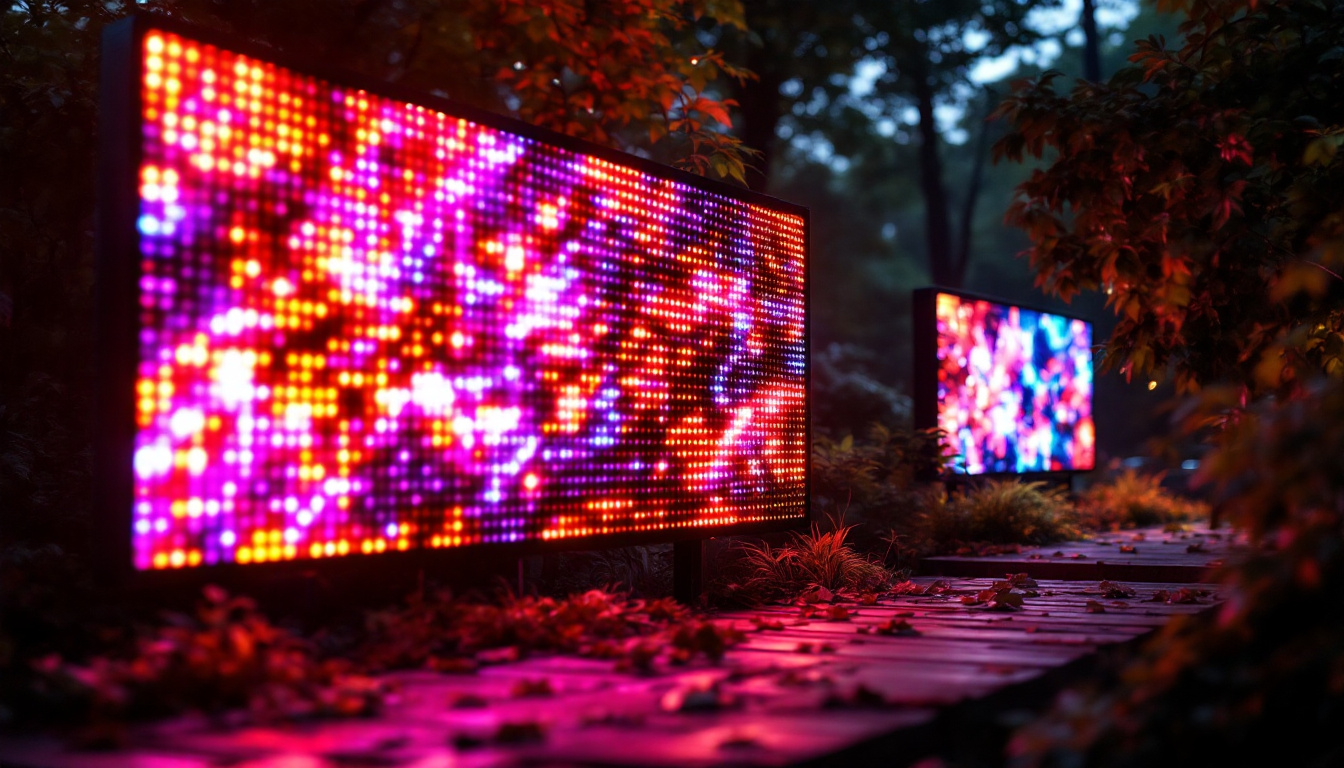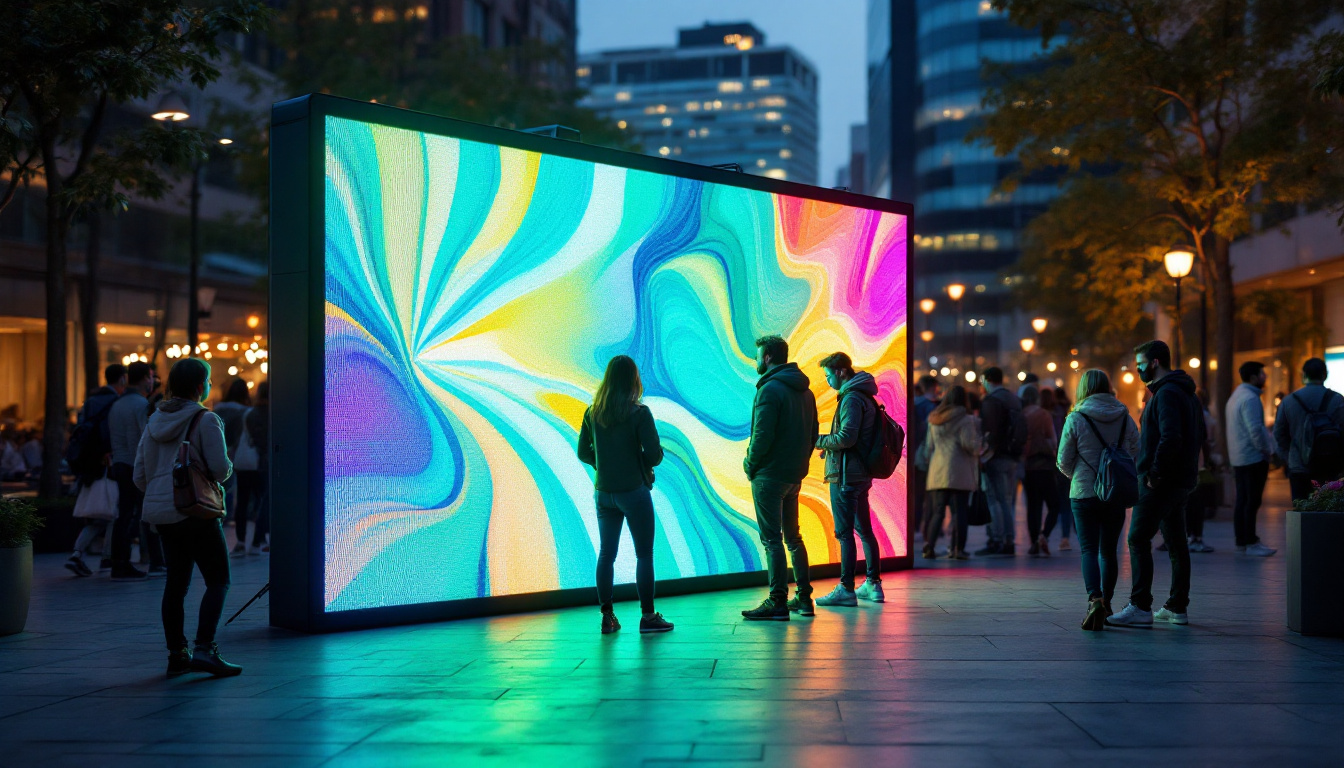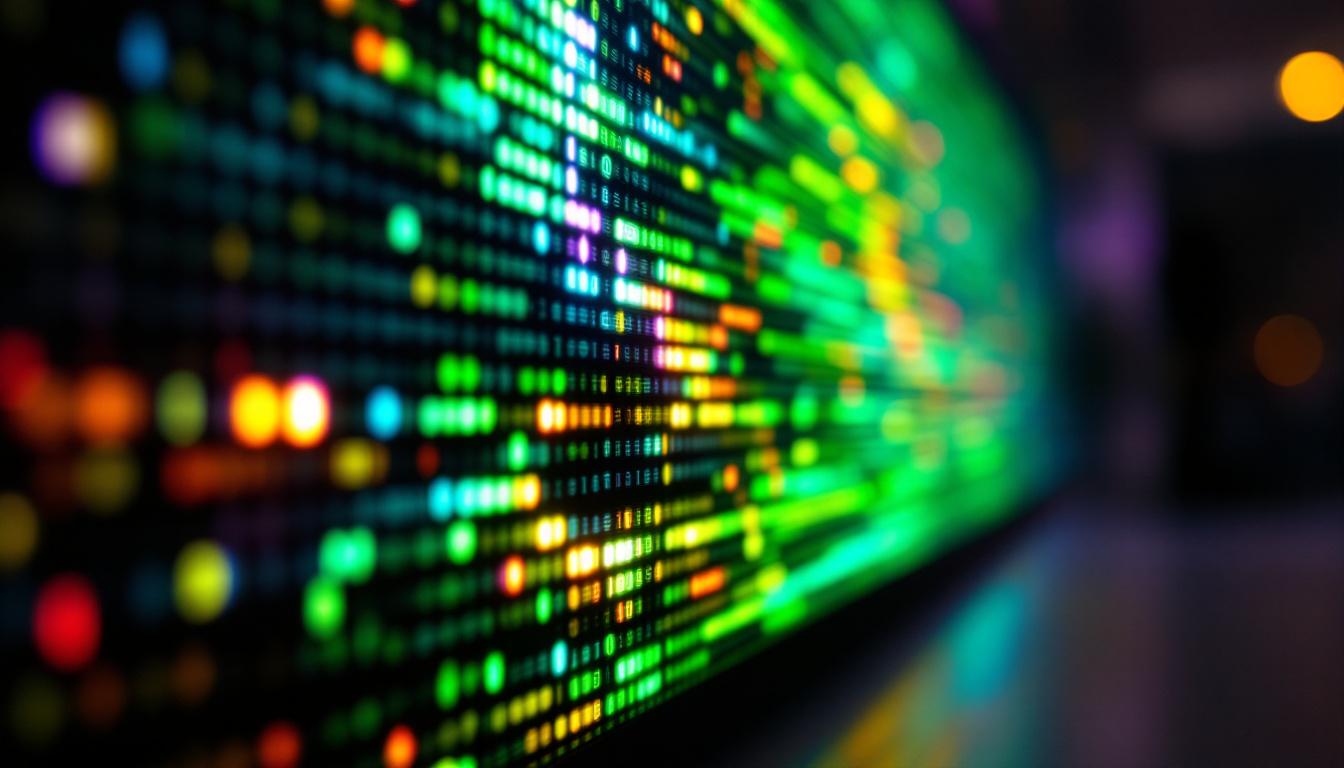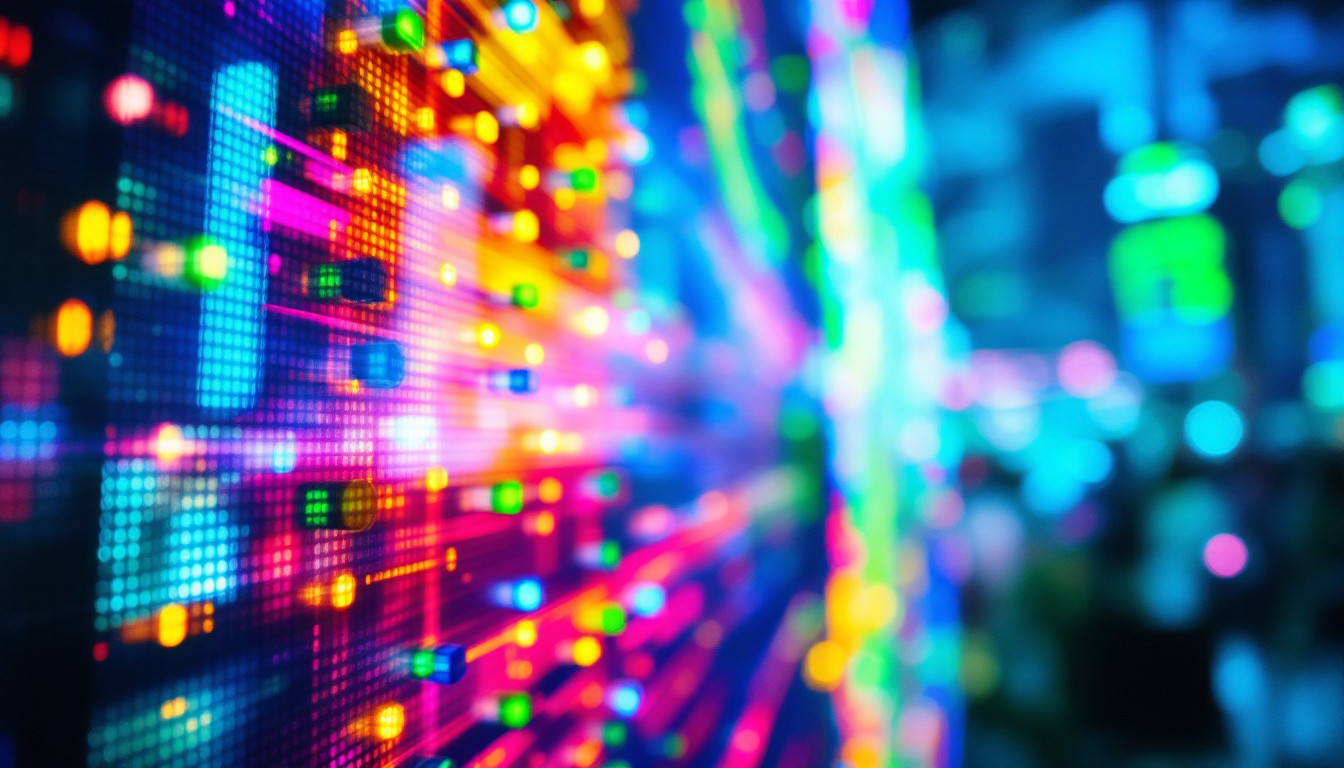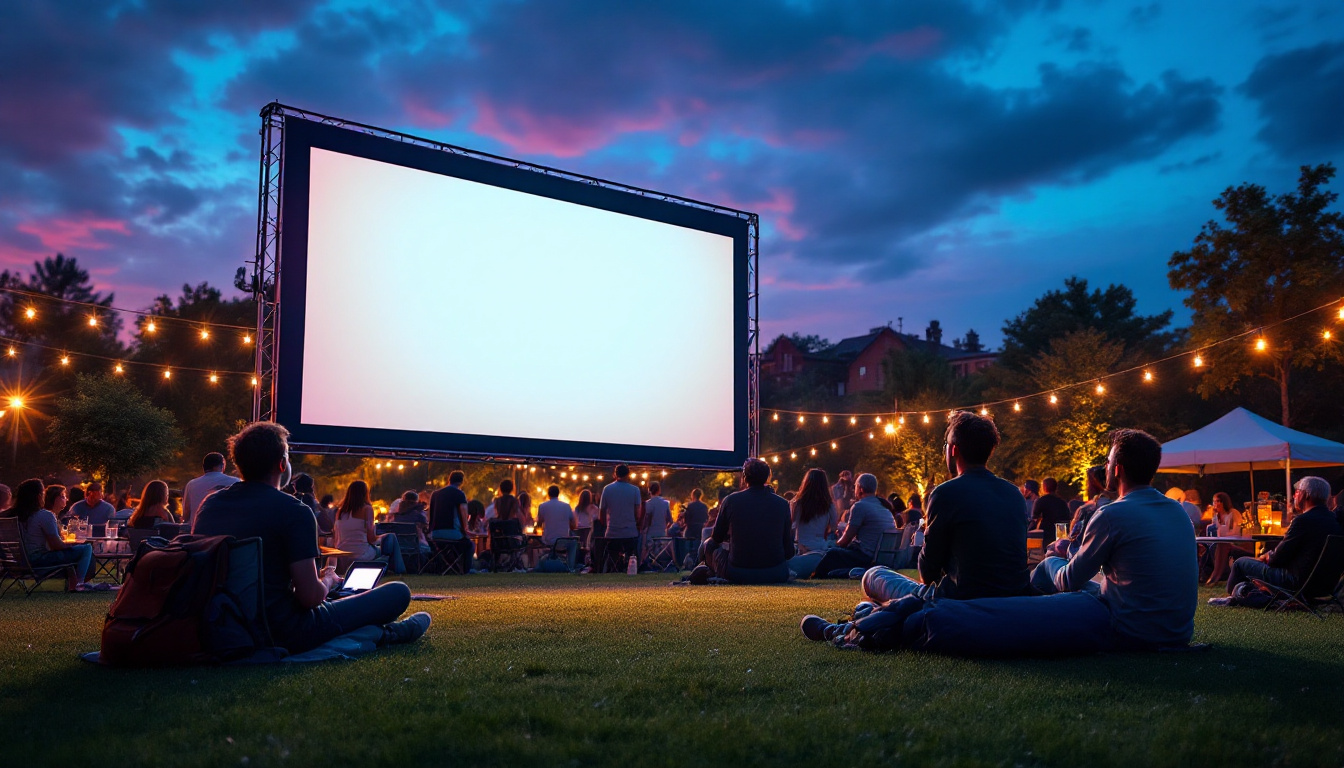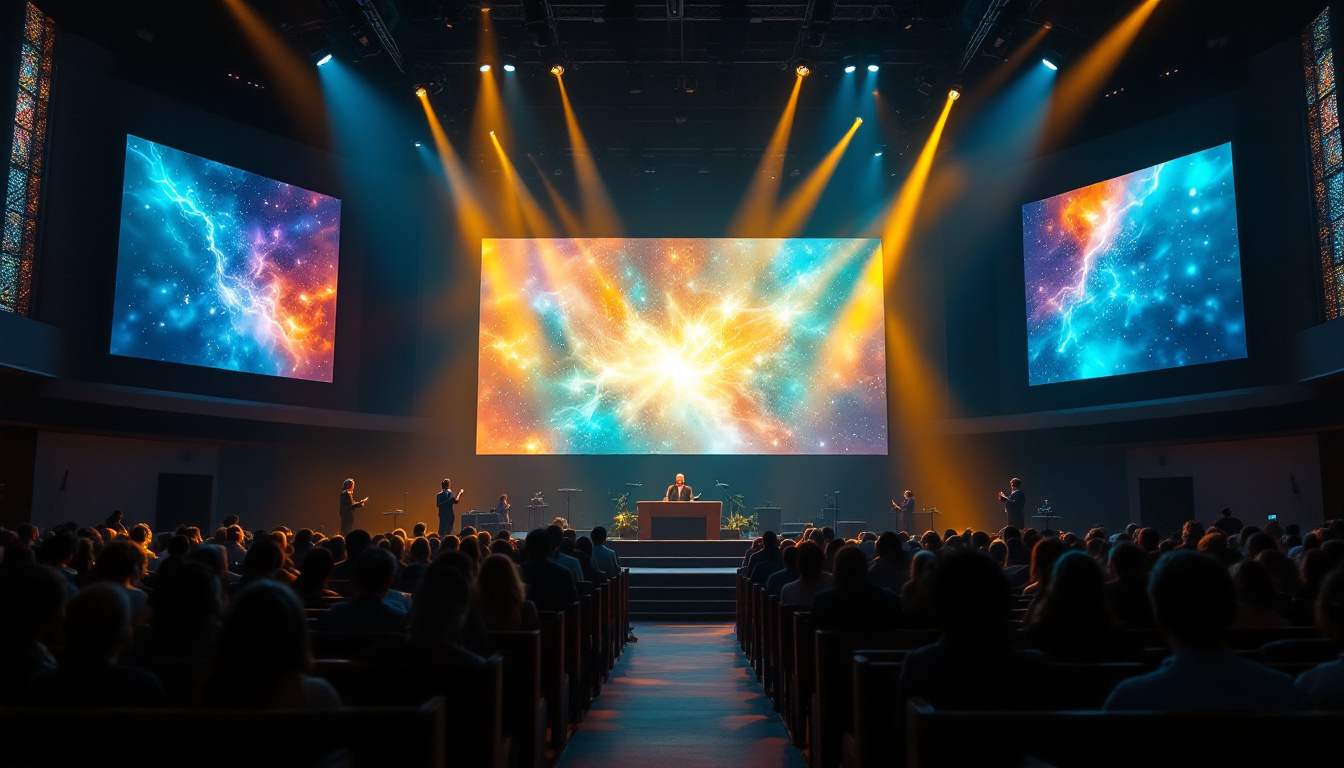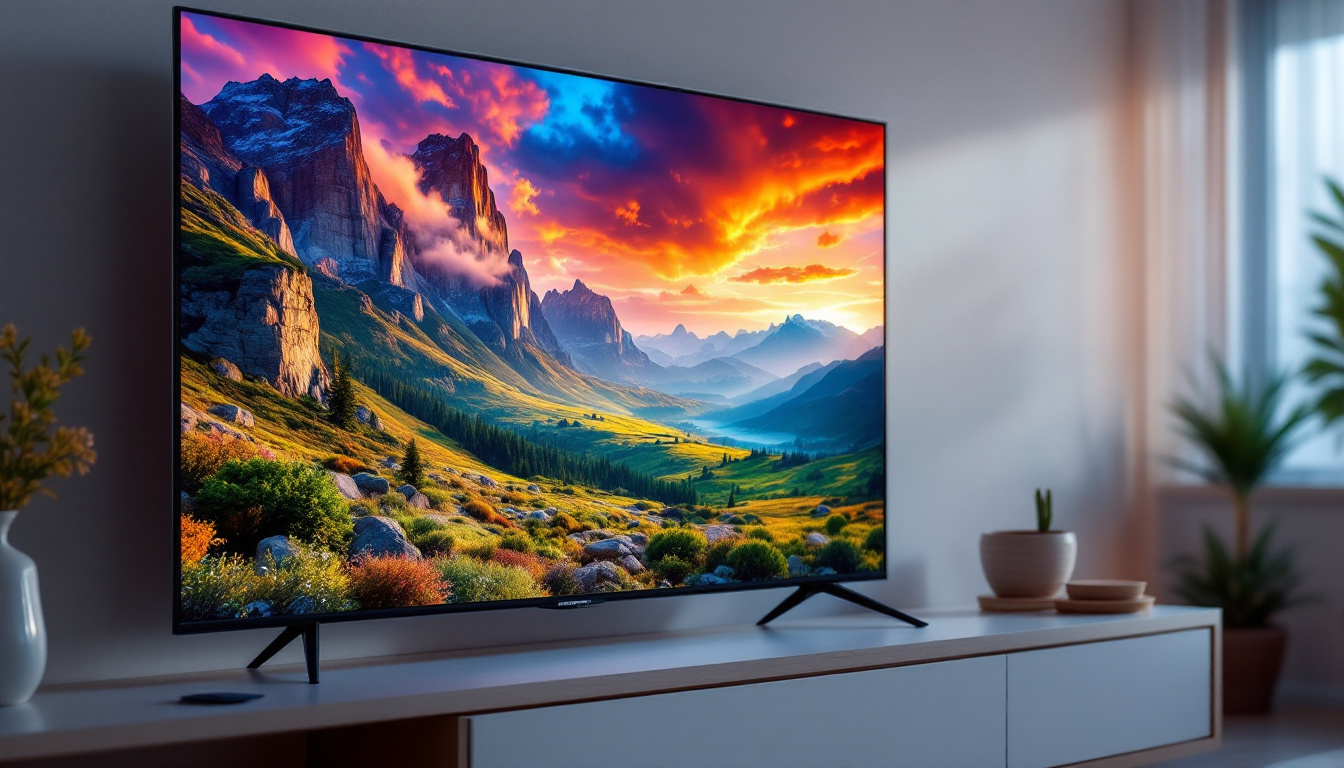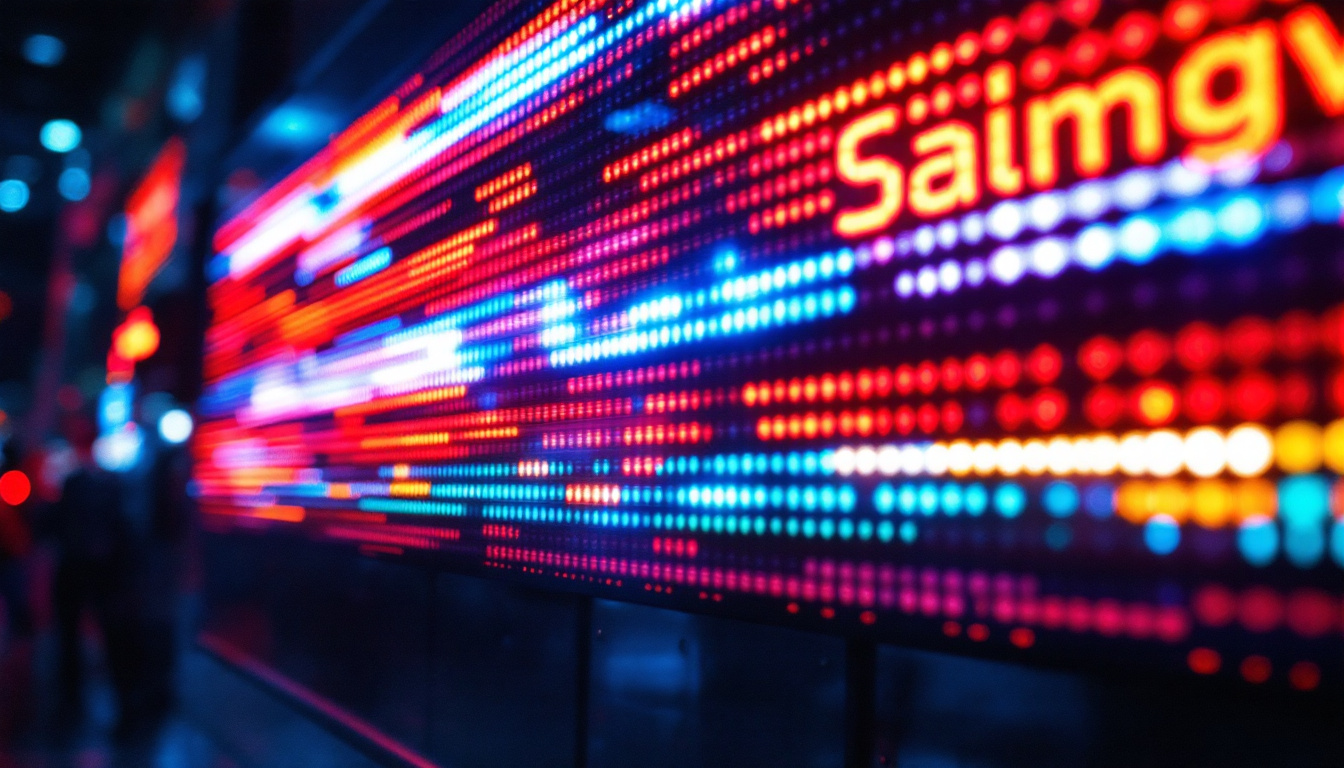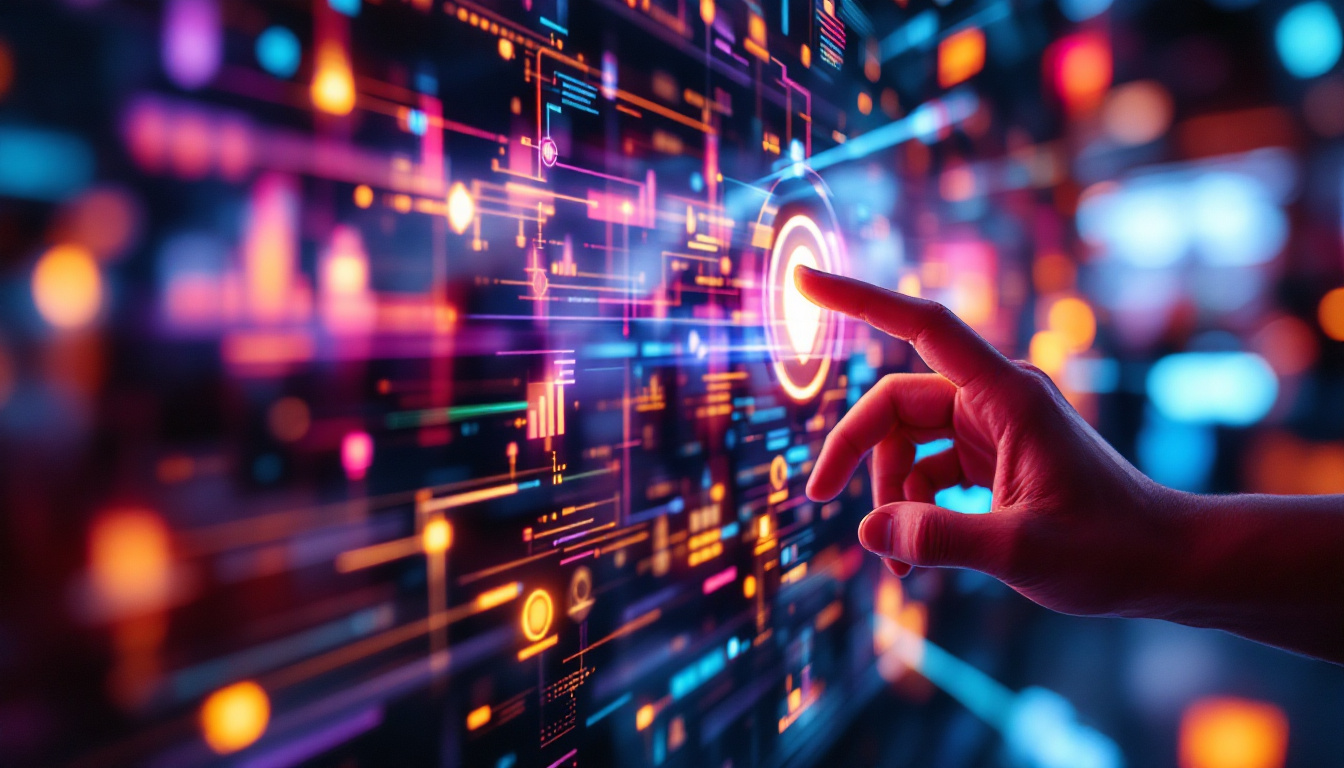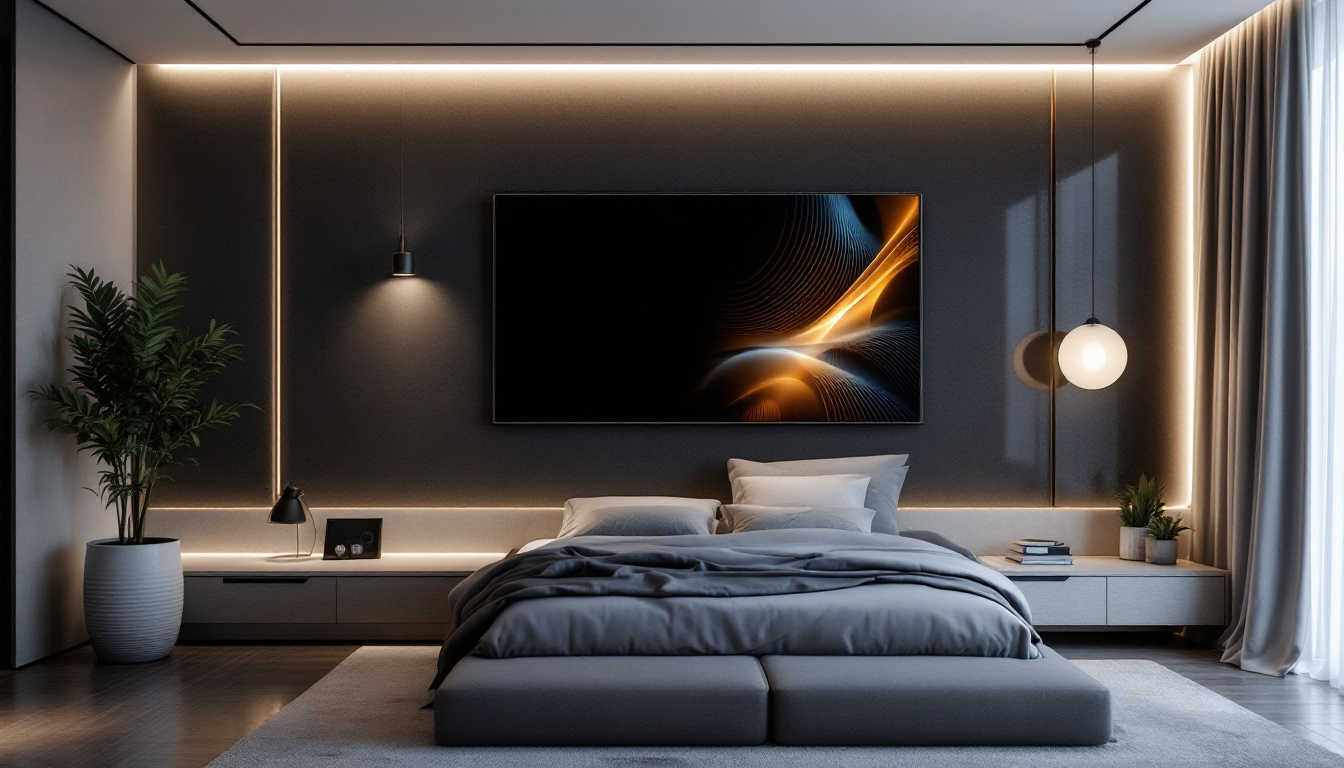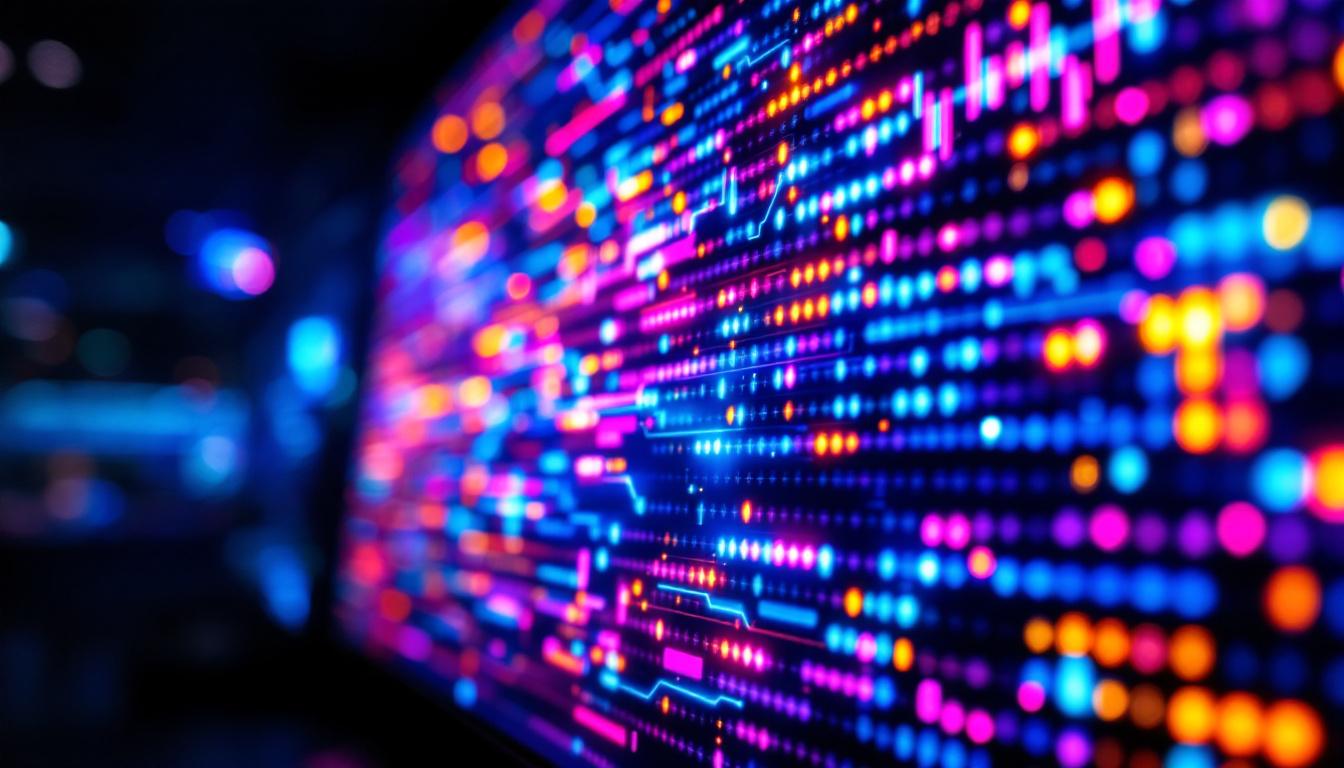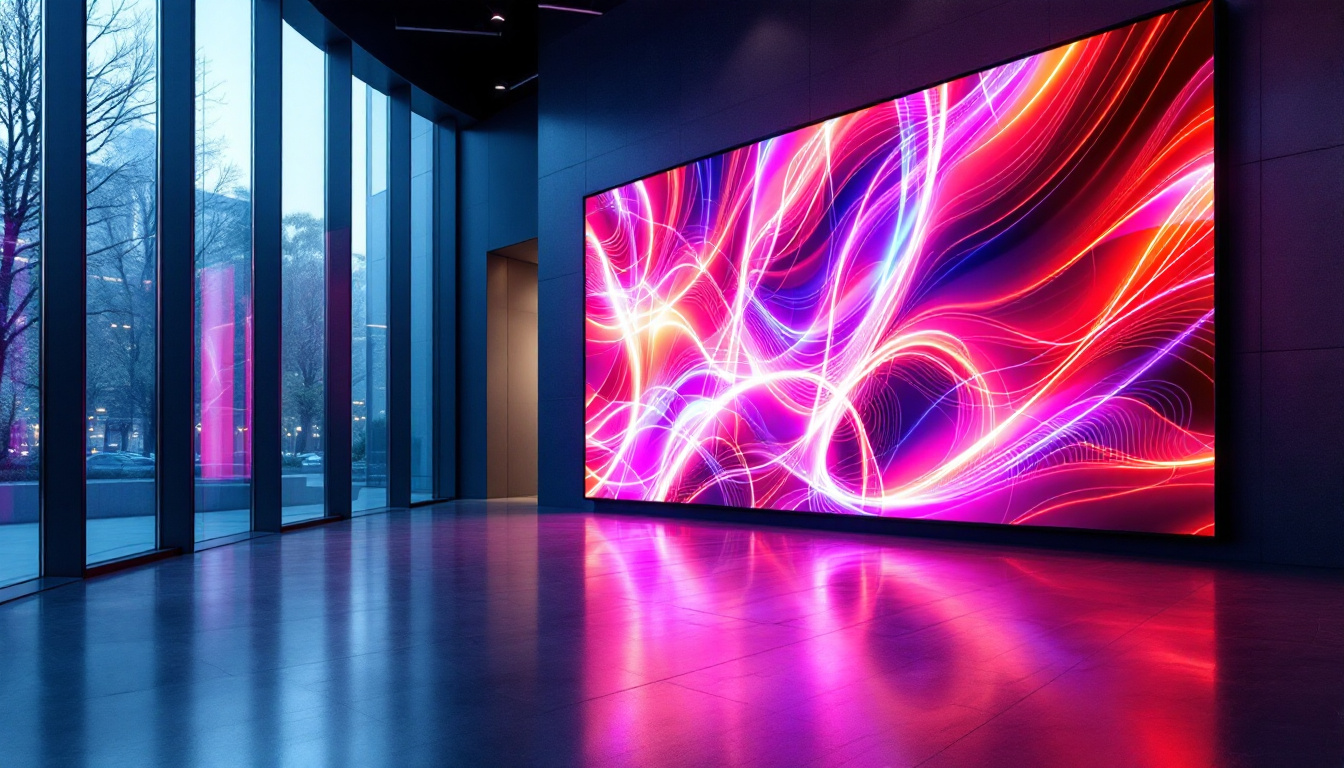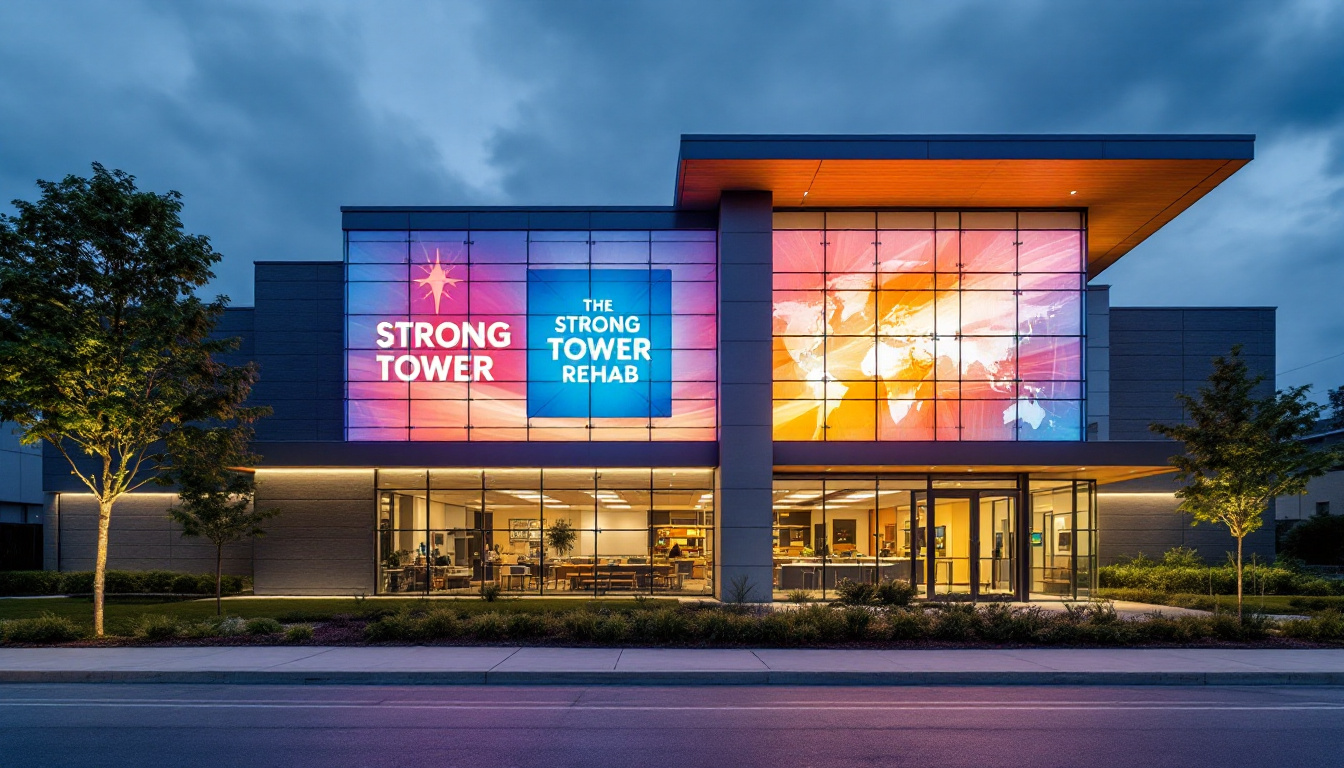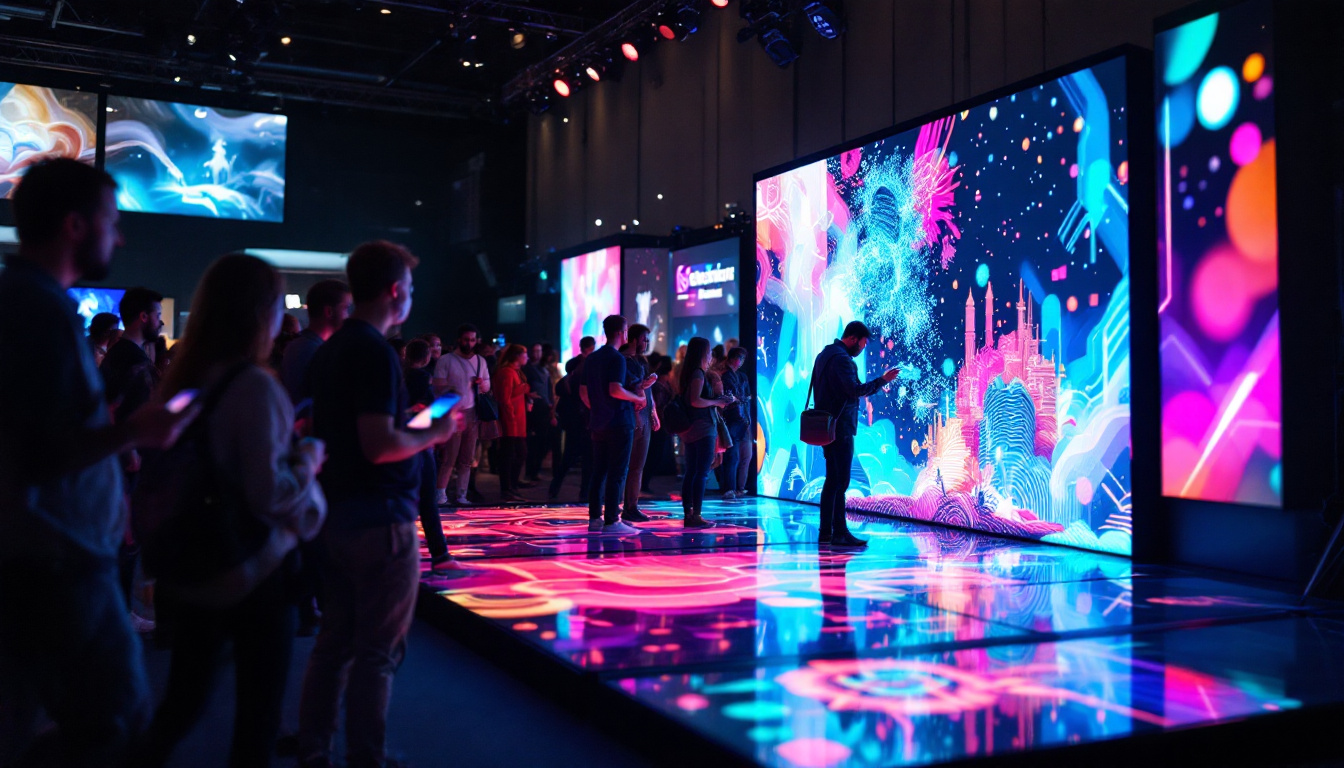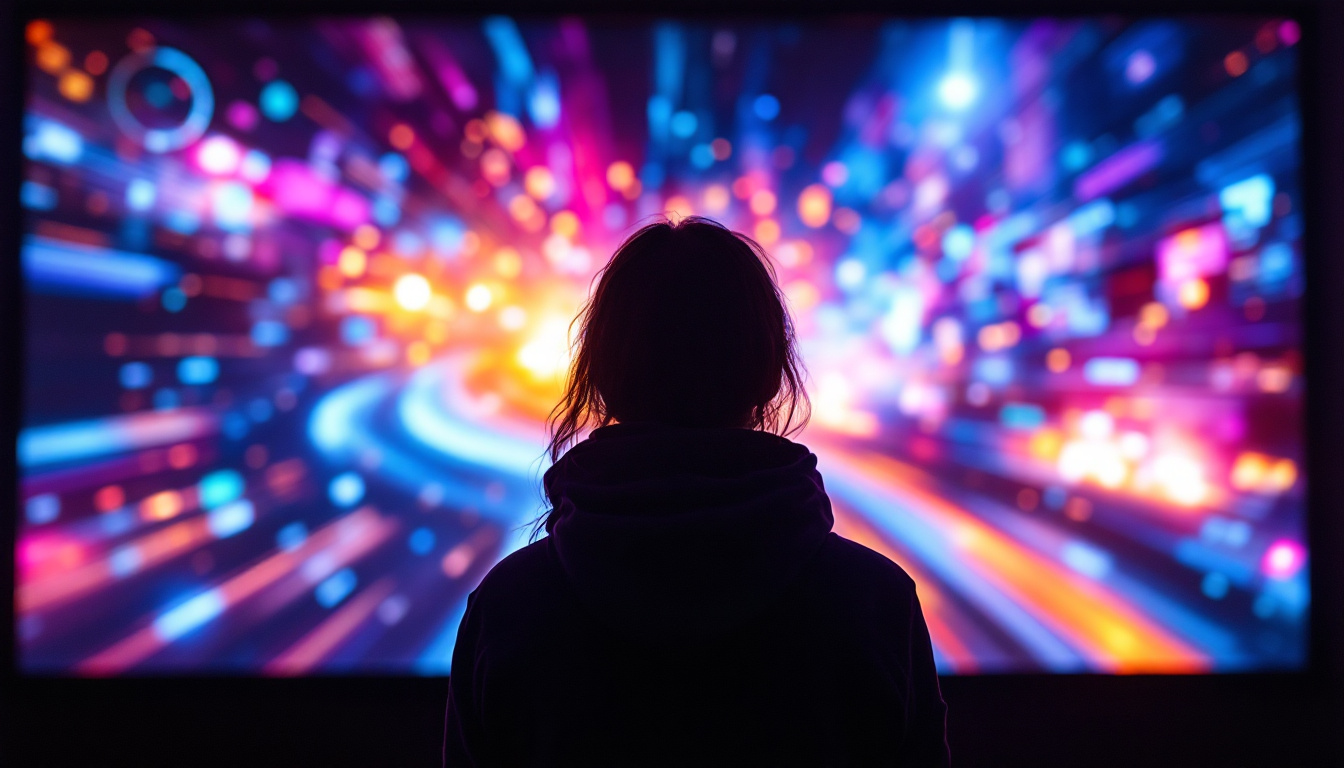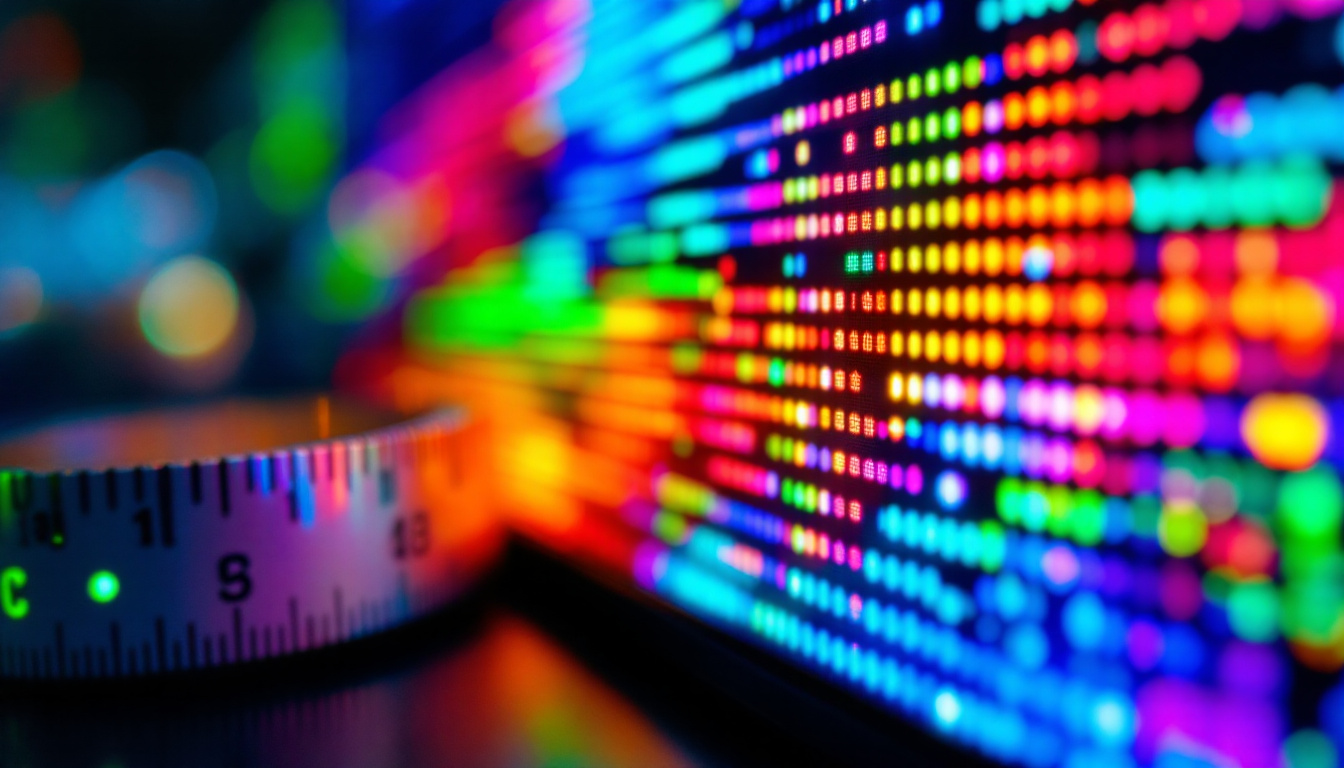In an age where visual communication is paramount, LED displays have emerged as a dominant force in the realm of advertising, entertainment, and information dissemination. These vibrant screens, often seen in public spaces, concerts, and sporting events, have transformed the way messages are conveyed. This article delves into the intricacies of LED displays, exploring their technology, applications, advantages, and future trends.
Understanding LED Technology
Light Emitting Diodes (LEDs) are semiconductor devices that emit light when an electric current passes through them. The technology behind LED displays is rooted in the principles of electroluminescence, where certain materials emit light in response to an electric field. This section will explore the components and workings of LED displays.
Components of an LED Display
At the core of every LED display are its individual pixels, which consist of red, green, and blue (RGB) diodes. By varying the intensity of these three colors, a broad spectrum of colors can be produced. The arrangement of these pixels can vary, leading to different types of displays, such as surface-mounted device (SMD) and chip-on-board (COB) displays.
Additionally, LED displays are composed of various other components, including control systems, power supplies, and heat management systems. The control system is crucial as it dictates how the content is displayed, allowing for dynamic changes and real-time updates. Power supplies ensure that the LEDs receive the necessary voltage and current, while heat management systems prevent overheating, ensuring longevity and performance. These systems often include thermal sensors and heat sinks, which help to dissipate heat generated during operation, thereby maintaining optimal performance and extending the lifespan of the display.
How LED Displays Work
LED displays operate by converting electrical energy into light energy. When an electric current flows through the semiconductor material in the LED, electrons recombine with holes, releasing energy in the form of photons. This process is highly efficient, allowing LED displays to produce bright images while consuming less power compared to traditional display technologies.
The display’s resolution is determined by the number of pixels it contains; more pixels mean a higher resolution and clearer images. The pixel pitch, which is the distance between the centers of two adjacent pixels, also plays a significant role in determining the display’s clarity and viewing distance. Smaller pixel pitches result in sharper images but can be more expensive to produce. Furthermore, advancements in technology have led to the development of microLED and miniLED displays, which offer even greater pixel density and improved color accuracy, making them ideal for high-end applications such as virtual reality and professional video editing.
Moreover, the versatility of LED technology extends beyond just displays. LEDs are now widely used in various applications, including architectural lighting, automotive lighting, and even horticultural lighting. Their ability to be easily controlled and dimmed allows for innovative designs and energy-efficient solutions across different fields. In the realm of smart technology, LED lighting can be integrated with IoT devices, enabling automated control and energy management that further enhances their efficiency and functionality.
Applications of LED Displays
LED displays have found their way into various sectors, revolutionizing how information is presented and consumed. From advertising to transportation, their versatility is unmatched. Here are some of the most common applications of LED displays.
Advertising and Marketing
One of the most prominent uses of LED displays is in advertising. Billboards and digital signage equipped with LED technology can display vibrant advertisements that capture attention more effectively than traditional posters. The ability to change content dynamically allows businesses to tailor their messages to specific audiences or events, maximizing engagement.
Moreover, LED displays can be strategically placed in high-traffic areas, ensuring that advertisements reach a large number of potential customers. The bright colors and high contrast of LED images make them particularly effective in attracting attention, even in daylight.
Entertainment and Events
In the entertainment industry, LED displays are ubiquitous. Concerts, festivals, and sporting events often feature massive LED screens that enhance the audience’s experience. These displays can show live feeds, graphics, and animations, creating an immersive environment that captivates viewers.
Furthermore, LED technology has made it possible to create stunning visual effects, such as video walls and interactive installations. The flexibility of LED displays allows for creative designs that can transform any venue, making them a favorite among event planners and organizers.
Transportation and Public Information
LED displays are increasingly used in transportation systems to provide real-time information to passengers. Train stations, airports, and bus terminals utilize LED screens to display arrival and departure times, gate information, and other essential updates. The clarity and visibility of LED displays ensure that information is communicated effectively, even in crowded or noisy environments.
Additionally, LED technology is employed in traffic management systems, where dynamic message signs provide drivers with crucial information about road conditions, accidents, and detours. This application not only enhances safety but also improves traffic flow, making urban transportation systems more efficient.
Advantages of LED Displays
The rise of LED displays can be attributed to their numerous advantages over traditional display technologies. Understanding these benefits can help businesses and organizations make informed decisions when investing in visual communication solutions.
Energy Efficiency
One of the most significant advantages of LED displays is their energy efficiency. Compared to incandescent and fluorescent lighting, LEDs consume significantly less power while producing more light. This efficiency translates to lower energy bills and a reduced environmental impact, making LED displays a sustainable choice for businesses.
Furthermore, the longevity of LED technology means that displays require less frequent replacement, further contributing to energy savings. With an operational lifespan of up to 100,000 hours, LED displays can operate for years without needing maintenance or replacement.
High Brightness and Contrast
LED displays are known for their exceptional brightness and contrast ratios. This quality makes them ideal for outdoor applications, where sunlight can wash out images on traditional displays. The ability to produce vivid colors and deep blacks ensures that content remains clear and engaging, regardless of ambient lighting conditions.
Moreover, the high refresh rates of LED displays reduce motion blur, making them suitable for displaying fast-moving content, such as sports or action scenes. This capability enhances the viewing experience and keeps audiences engaged.
Flexibility and Customization
LED displays offer unparalleled flexibility in terms of size, shape, and configuration. They can be manufactured in various sizes, from small screens to massive video walls, and can be customized to fit unique spaces and designs. This adaptability allows businesses to create visually stunning installations that align with their branding and messaging.
Additionally, the modular nature of many LED displays means that they can be easily expanded or reconfigured as needs change. This scalability makes LED displays a future-proof investment for organizations looking to grow and adapt over time.
Challenges and Considerations
While LED displays offer numerous benefits, there are also challenges and considerations to keep in mind. Understanding these factors can help organizations make informed decisions when implementing LED technology.
Initial Cost
The initial investment for LED displays can be higher than that of traditional display technologies. While the long-term savings in energy and maintenance costs can offset this expense, businesses must be prepared for the upfront costs associated with purchasing and installing LED displays.
However, as technology advances and production processes improve, the prices of LED displays have been steadily decreasing. This trend is making LED technology more accessible to a wider range of businesses and organizations.
Environmental Impact
Although LED displays are more energy-efficient than traditional displays, they are not without environmental concerns. The production and disposal of LED components can contribute to electronic waste, which poses a significant environmental challenge. Proper recycling and disposal methods must be implemented to mitigate these impacts.
Moreover, the use of hazardous materials in some LED displays raises concerns about safety and environmental sustainability. Manufacturers are increasingly focusing on developing eco-friendly solutions to address these issues and promote sustainable practices within the industry.
The Future of LED Displays
The future of LED displays is bright, with ongoing advancements in technology and applications. As industries continue to evolve, LED displays are expected to play an even more significant role in shaping visual communication.
Advancements in Technology
Innovations in LED technology are paving the way for even more impressive displays. Developments in microLED and miniLED technologies promise to deliver higher resolutions, better color accuracy, and improved energy efficiency. These advancements will enable the creation of even more immersive and engaging visual experiences.
Additionally, the integration of artificial intelligence and machine learning into LED display systems is set to enhance content management and personalization. This technology will allow businesses to deliver targeted messages to specific audiences, improving engagement and effectiveness.
Integration with Smart Technologies
The rise of smart cities and the Internet of Things (IoT) is driving the integration of LED displays with other technologies. Smart LED displays can connect to various data sources, allowing for real-time updates and dynamic content changes based on environmental conditions or audience behavior.
This integration will enable businesses and organizations to create more interactive and responsive displays, enhancing the overall user experience. For example, LED displays in public spaces could adapt their content based on the time of day, weather conditions, or local events, providing relevant information to passersby.
Conclusion
LED displays have transformed the landscape of visual communication, offering a dynamic and engaging way to convey messages. Their energy efficiency, brightness, and versatility make them a preferred choice for a wide range of applications, from advertising to transportation. While challenges exist, ongoing advancements in technology and a focus on sustainability are paving the way for a bright future for LED displays.
As industries continue to embrace digital transformation, the role of LED displays will only grow in significance. Businesses and organizations looking to enhance their visual communication strategies should consider the myriad benefits that LED technology has to offer, ensuring they remain at the forefront of innovation and engagement.
Illuminate Your Message with LumenMatrix
Ready to elevate your visual communication with unparalleled clarity and vibrancy? Discover LumenMatrix’s innovative LED display solutions, where state-of-the-art technology meets creativity. From Indoor and Outdoor LED Wall Displays to specialized solutions like Vehicle, Sports, and Floor LED Displays, LumenMatrix tailors to your unique needs. Embrace the future of digital signage with our Custom, All-in-One, and Transparent LED Displays, designed to captivate your audience and amplify your brand’s presence. Check out LumenMatrix LED Display Solutions and transform your visual experience today.

